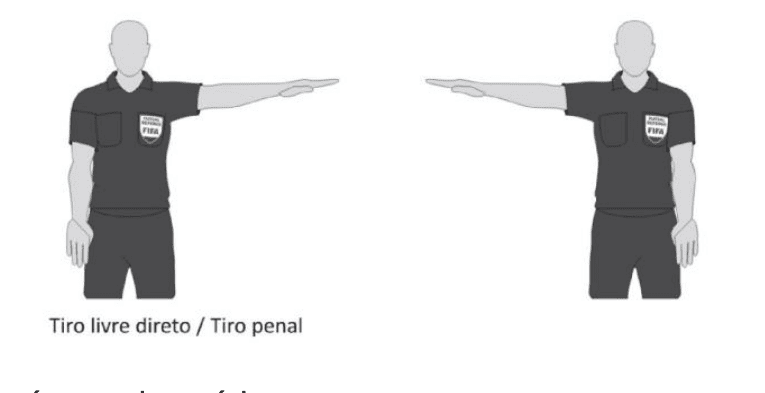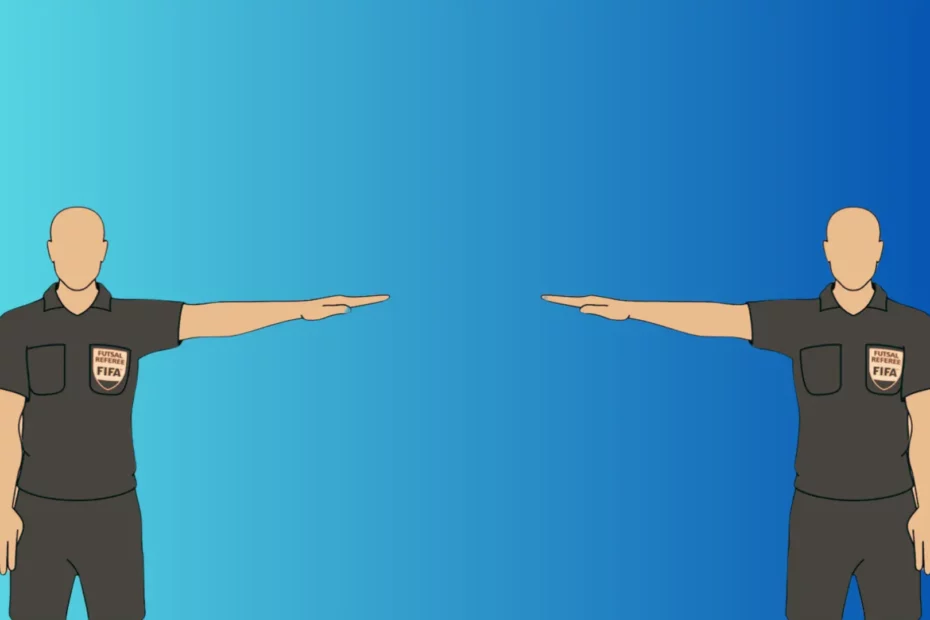FOULS AND DIRECT FREE-KICK IN FUTSAL
Futsal direct free-kick will be called when a player commits one of the following infractions or fouls against an opponent player, in such a way that the referees deem to be reckless or excessive use of force.
According to Futsal Rules from FIFA, , the referee must call a direct free-kick in the following situations:
- Kick or try to kick an opponent;
- Trip the opponent;
- Jump over the opponent;
- Hold the opponent from behind or in a violent and dangerous way;
- Hit, try to hit or spit at an opponent;
- Hold an opponent with your hands, preventing him from taking action;
- Push an opponent;
- Block the opponent with the shoulder;
- Deliberately hold or deflect the ball, carries it or throws it with the hand or arm, except for the goalkeeper within your penal area;
- A slide tackle, using the feet try to take the ball that is being played or in possession of the opponent, bringing danger to the same;
- The goalkeeper leaves the goal area, with possession of the ball in his hands;
- Try any play, without aiming the opponent, but involuntarily hitting him.
DIRECT FREE-KICK SIGNAL
When called a direct free-kick, the futsal referee must signal as follows:

FREE-KICK AND ACCUMULATED FOULS
For these infractions listed above will be called a direct free-kick, and recorded in the game sheet as accumulated fouls.
Remembering that after 5 accumulated foul committed by a team in the same period of the game (1st or 2nd half), all other fouls of this type must be taken with a direct free kick without a barrier, from the 10 meters mark (when occurs further away from the opponent team goal) or in the place where the foul occurred (closer than the 10 meters mark).
WHAT IS CONSIDERED HAND IN FUTSAL?
WHATS IS CONSIDERED A HAND CONTACT IN FUTSAL?
To be considered hand contact, the Futsal referee must support his interpretation in some important aspects:
- Is the hand or arm moving in the direction of the ball or is the ball flying towards the hand or arm?
- How big is the distance between the kicking player and the opponent player?
- Does the player spread his reach, with his arms and hands preventing the passage of the ball?
- Is the position of the hand and arm during a play natural or unnatural?
